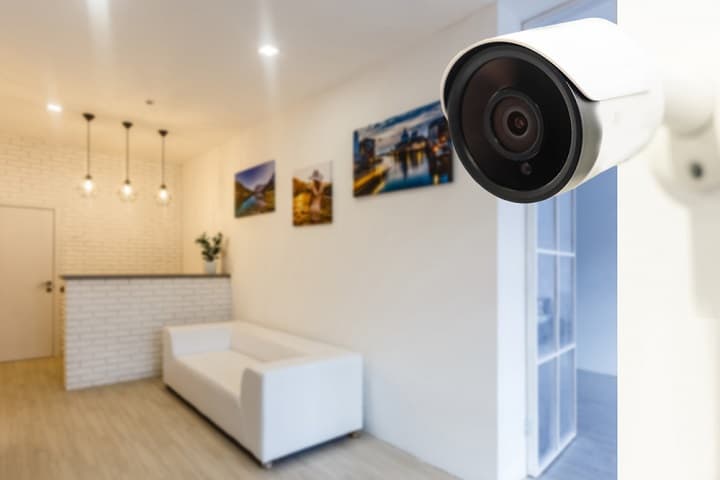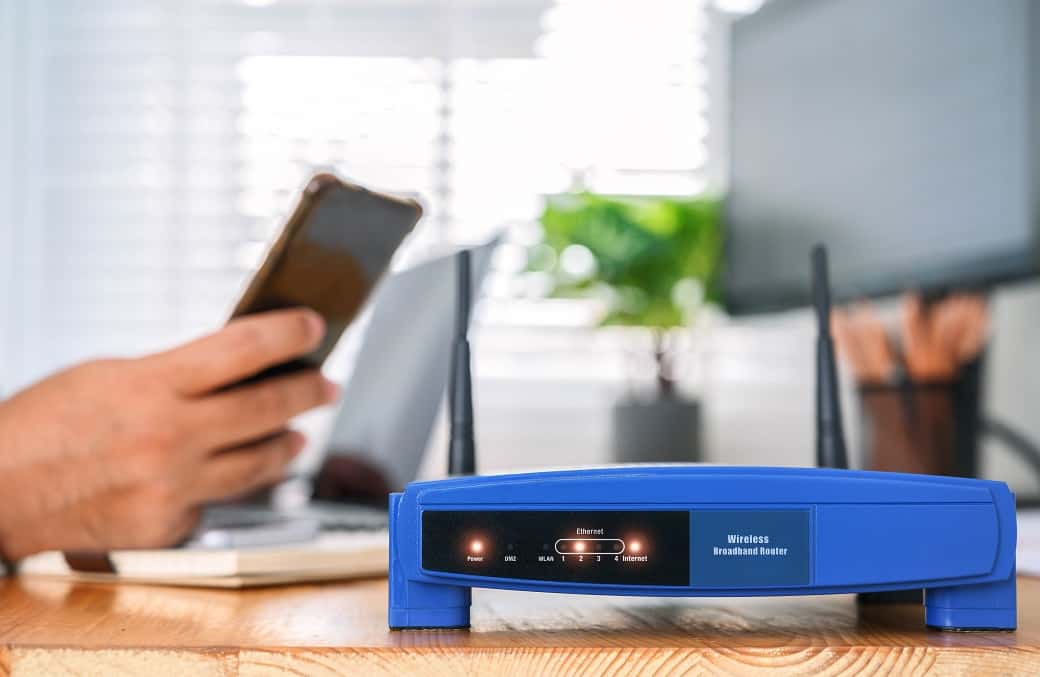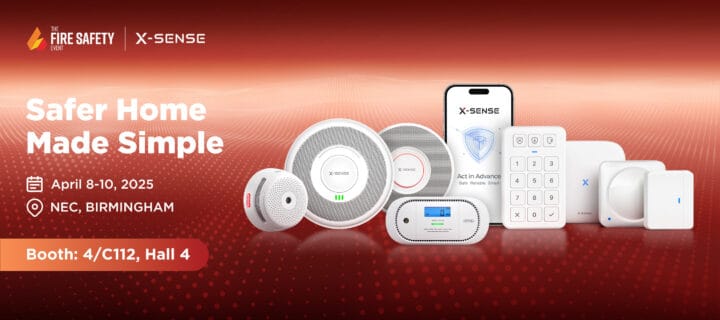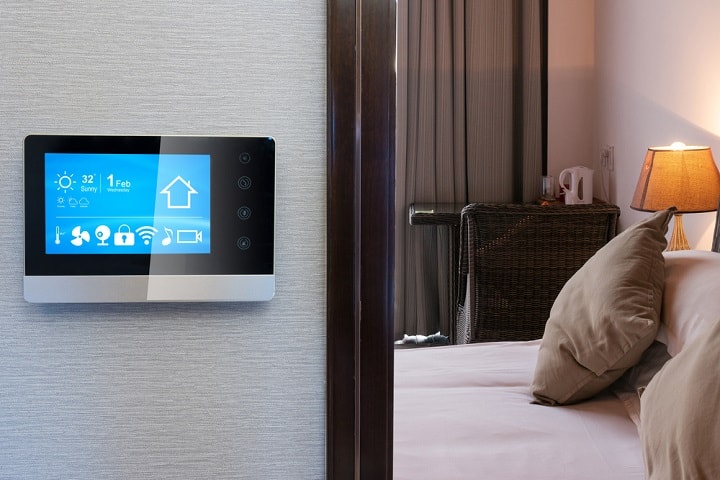Ever worried about strangers peeking through your smart cameras? You’re not alone, and your worries are justified! With the increasing adoption of smart home camera systems, the ability to maintain secure, private video feeds that don’t connect to the cloud is a critical feature for many. This is especially true for folks who value privacy in their lives and don’t like the idea of strangers seeing into their living room. Choosing smart home cameras that support local-only operation offers an added layer of security by ensuring that video recordings remain on your network, not streamed to who knows where. In this post we’ll explore a selection of smart home camera systems that can operate without the cloud. Providing peace of mind through enhanced privacy and security.
What Should I look for in a Smart Security Camera that is Local?
When you’re in the market for a smart security camera that keeps everything local, there are a few key features you’ll want to keep an eye out for. First, it’s handy if the camera can connect to an NVR. This is just a special video recorder for security cameras, allowing you to store all your video locally. You’ll also want to make sure the camera is compatible with RTSP for bein able to stream videos locally.
Another thing to look for is whether the camera uses h.265+ format for its video. This is an efficient video packing format, which lets you fit more video into less space ( or bandwidth! ) without losing quality. Also, check if the camera has a local API. Having a local API will usually allow you to control the camera and all of it’s settings locally, avoiding the manufacturer cloud hosted apps. It’s a big plus if you can do all this without needing to sign up for an account.
Lastly, don’t forget about motion detection and recognition capabilities. These features help your camera alert you to any activity in its view, making your smart security camera not just a silent watcher but a proactive guardian of your home. If there is on feature on the list that you have to lose, the motion detection / recognition can be added in by having other devices monitor the feed. However, this would cause additional delays for you to receive any notifications of events.
Local Only Smart Home Cameras
Let’s take a look at the standout Smart Home Cameras that are known for their local only performance. Below is a curated list of brands and models. Note that there are other brands, models, and options out there and camera features can change with a manufacturer’s update. So be sure to double check any devices to make sure they have the RTSP protocol available for you.
Reolink
Pretty much any hard wired Reolink camera can support RTSP and local video feeds. Battery powered devices are specifically excluded from being able to support local only mode due to battery power constraints. That said, Reolink video cameras are really nice in a local only mode. They usually retain their motion detection and recognition capabilities, meaning you won’t have to run a separate service on their video feeds.
- Reolink – Trackmix Series Outdoor PoE 4K/8MP Security Camera @ Best Buy
- Reolink RLC-520A @ Newegg
- Reolink DUO Floodlight PoE @ Best Buy
- Reolink RLC-540A
- Reolink RLC-840A
- Reolink RLC-842A
- Reolink RLC-820A
How to enable local video feeds for Reolink cameras:
https://support.reolink.com/hc/en-us/articles/900000630706-Introduction-to-RTSP/
TP-Link Kasa
The Tapo cameras are the ones that support RTSP and NVR services for the TP-Link brand. You will have to hook these cameras up to the TP-Link app to get them configured to feed locally. Once they are configured and feeding, you should be able to turn off internet access for these cameras completely.
- TP-Link Tapo TC73 Indoor 2k Camera @ Best Buy
- TP-Link Tapo C125 Indoor 2k Camera @ Best Buy
- TP-Link Tapo c200
How to enable local video feeds for TP-Link cameras:
https://www.tp-link.com/us/support/faq/2680/
Amcrest / Dahua
Amcrest is a rebranded version of Dahua hardware, so we’re lumping these two cameras in together. These are another pretty highly recommended IP camera that can support local only streams. They unfortunately use a h.264 codec for compressing the video feed, so they will take a bit more disk space / network bandwidth than a h.265 encoded feed.
- IPC-T5442T-ZE
- IP2M-841EW
How to enable local video feeds for Amcrest cameras:
https://support.amcrest.com/hc/en-us/articles/360052688931-Accessing-Amcrest-Products-Using-RTSP
How to enable local video feeds for Dahua cameras:
https://dahuawiki.com/Remote_Access/RTSP_via_VLC
Why Have a Local Only Smart Camera System?
In the evolving landscape of smart home security, the push towards local-only camera systems has never been more relevant. This shift is highlighted by recent security breaches, such as the incident involving Wyze cameras, where users’ private feeds were shown to strangers. Events like this show the issues with cloud-based systems and how important it is to keep control over your data and information. By choosing a local-only smart camera system, homeowners can significantly mitigate the risk of unauthorized access and make sure that your living room doesn’t end up on some stranger’s feed or Reddit.
Extra Steps to Secure Your Cameras
Securing your smart cameras includes more than just picking cameras that will work locally. You will also want to add network security measures to keep your cameras safe and offline. The best way to do this is to put your IP cameras on a separate network segment or VLAN. Even better if you can disable internet access to any devices on this network. We’ve talked about having guest networks before, this is a great use case for them. This setup keeps your cameras restricted to your network and essential services, such as your Network Video Recorder (NVR). You may find that you also need to allow NTP (Network Time Protocol) for accurate timekeeping. Tightening down your home network like this is a big part of making sure that your smart video cameras are secure.
Summary
The need for a smart camera system that keeps everything in-house is clearer than ever, especially with all the worries about privacy these days. Take the Wyze camera incident, where people ended up seeing things they shouldn’t have. That’s a wake-up call. By choosing cameras that save everything locally and making sure your network is locked down tight, you’re building a solid wall of security around your home. This way, you’re not just keeping your private moments safe; you’re also taking control of who gets to see what happens inside your house. In a world where keeping our digital lives secure is becoming more and more important, taking these steps gives you that much-needed peace of mind.




